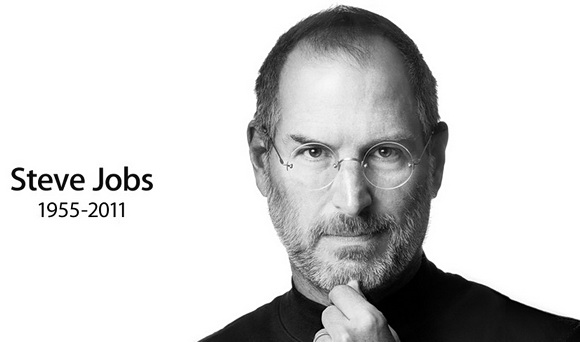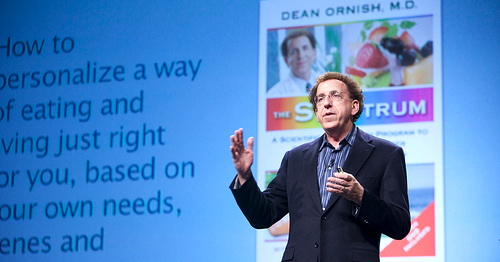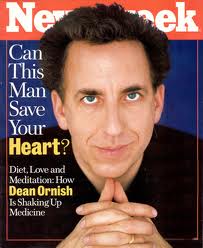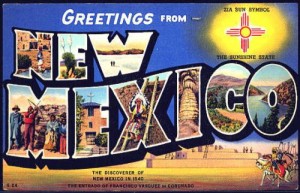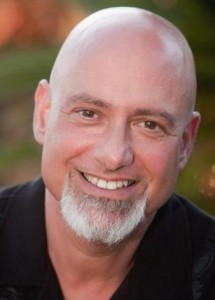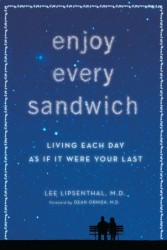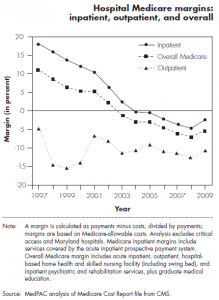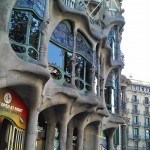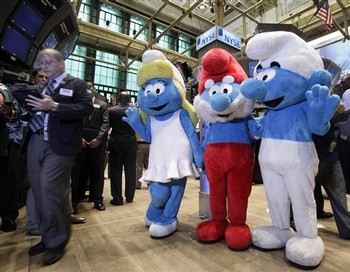When I was 18 years old, I got a summer job for college in the local glass factory. As a pre-college student, I had assumed that my work would be in the corporate offices, but I was so wrong. That first night I was to report to a place called the forming department (I thought they filed forms there) but no, it was where the molten glass was molded into beer bottles, baby food containers, and fancy cut glass vases. This place glowed like the fires of hell. As I entered the building that very hot summer night, the unbelievable temperature from the furnaces hit me like the exhaust of a moon rocket, and my relationship with salt tablets, the treatment recommended for perspiring in those days, was also about to begin.
It was during my lunch break where I got my first real taste of the glass business, literally. My mom had packed a chicken breast sandwich with lettuce and mayo on white bread, an apple and a couple of chocolate chip cookies. All of the employees were permitted to use factory-made glasses for drinking their Mountain Dew, and there was even chipped ice to put in the glass to cool the hot sodas down.
I carefully positioned myself on a filthy bench without noticing the tracks where the batch cars passed overhead. As I carefully opened the waxed paper protecting my chicken sandwich and then opened my mouth to take that very first, long awaited bite, the wind blew. With that a magical cloud of fairy dust came blowing off the car above me. At first I was dazzled by the sparkles as they rained down on my body, but then I realized that the batch cars were carrying pulverized glass. They were filled with infinitely tiny recycled glass particles.
As I looked longingly at my sandwich, it struck me that the glistening topping twinkling across it was, in fact, glass, but my hunger prevailed. I took what turned out to be a little bit of a crunchy bite of the sandwich and began to chew that glass dust-coated chicken. It was after the first few bites that I seriously started to question my own sanity, but my hunger prevailed, and I ate the whole thing. To this day, my mind still wonders if any of my physical imperfections are directly related to glass consumption; GERD, nervous leg syndrome, painful itching…well, you get the idea.
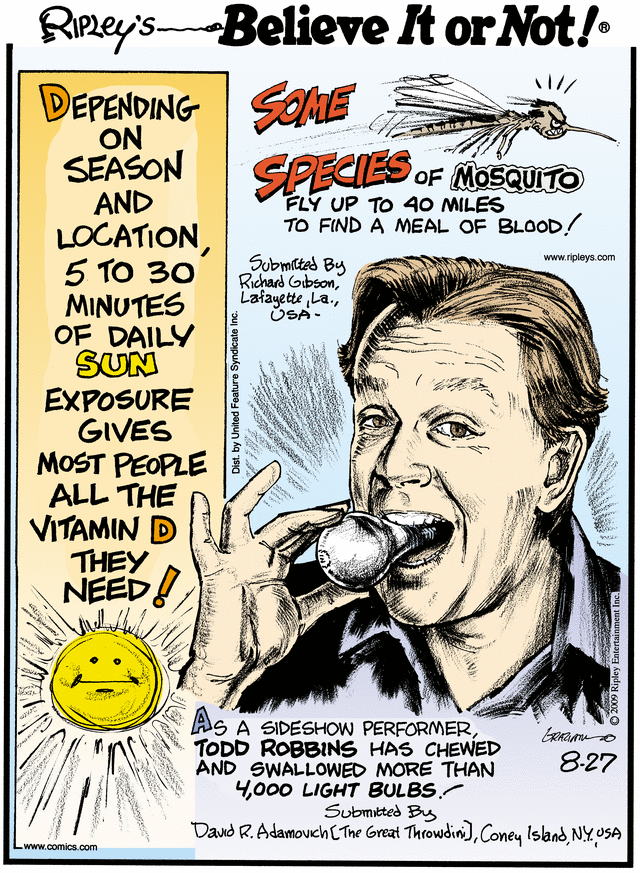 So, the question remains. Did I eat that sandwich because I was starving, exhausted and overworked? Or did I eat it because the frontal lobes of my brain had not yet fully developed and, not unlike many other stupid things that eighteen year olds tend to do, it was the Gump saying, “Stupid is as stupid does.” Either way, it was probably an irresponsible, careless, foolish decision that minimally could have permanently damaged my – oh so exquisite – taste buds or at least caused irreparable tongue scars. The good news is that, to my knowledge, I have not eaten any more glass since then.
So, the question remains. Did I eat that sandwich because I was starving, exhausted and overworked? Or did I eat it because the frontal lobes of my brain had not yet fully developed and, not unlike many other stupid things that eighteen year olds tend to do, it was the Gump saying, “Stupid is as stupid does.” Either way, it was probably an irresponsible, careless, foolish decision that minimally could have permanently damaged my – oh so exquisite – taste buds or at least caused irreparable tongue scars. The good news is that, to my knowledge, I have not eaten any more glass since then.
The moral of this story? Be aware of the fact that, if you are hired to work in a factory, you will probably end up actually working in a factory. If your black trousers turn white and your white shirt turns black from dirt and perspiration, don’t eat 15 salt tablets. Always, and I do mean always, duck when you see molten glass stringing wildly out of the ceiling like Toffee gone wild. Don’t ever steal uncured cut glass, because it will explode on your mom’s mantel a week or two later. Don’t sit under a batch car (whatever the heck a “batch car” is), and when your white bread makes a glass-like crunchy sound, for goodness sake, don’t swallow it!
As my grandmother would always say, “Keepa you chickie covered.”








